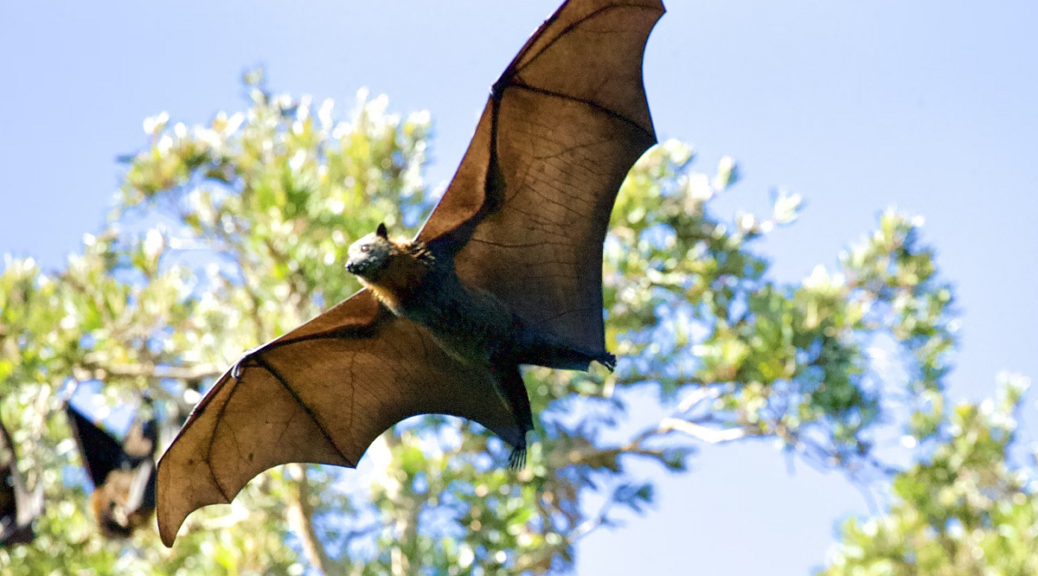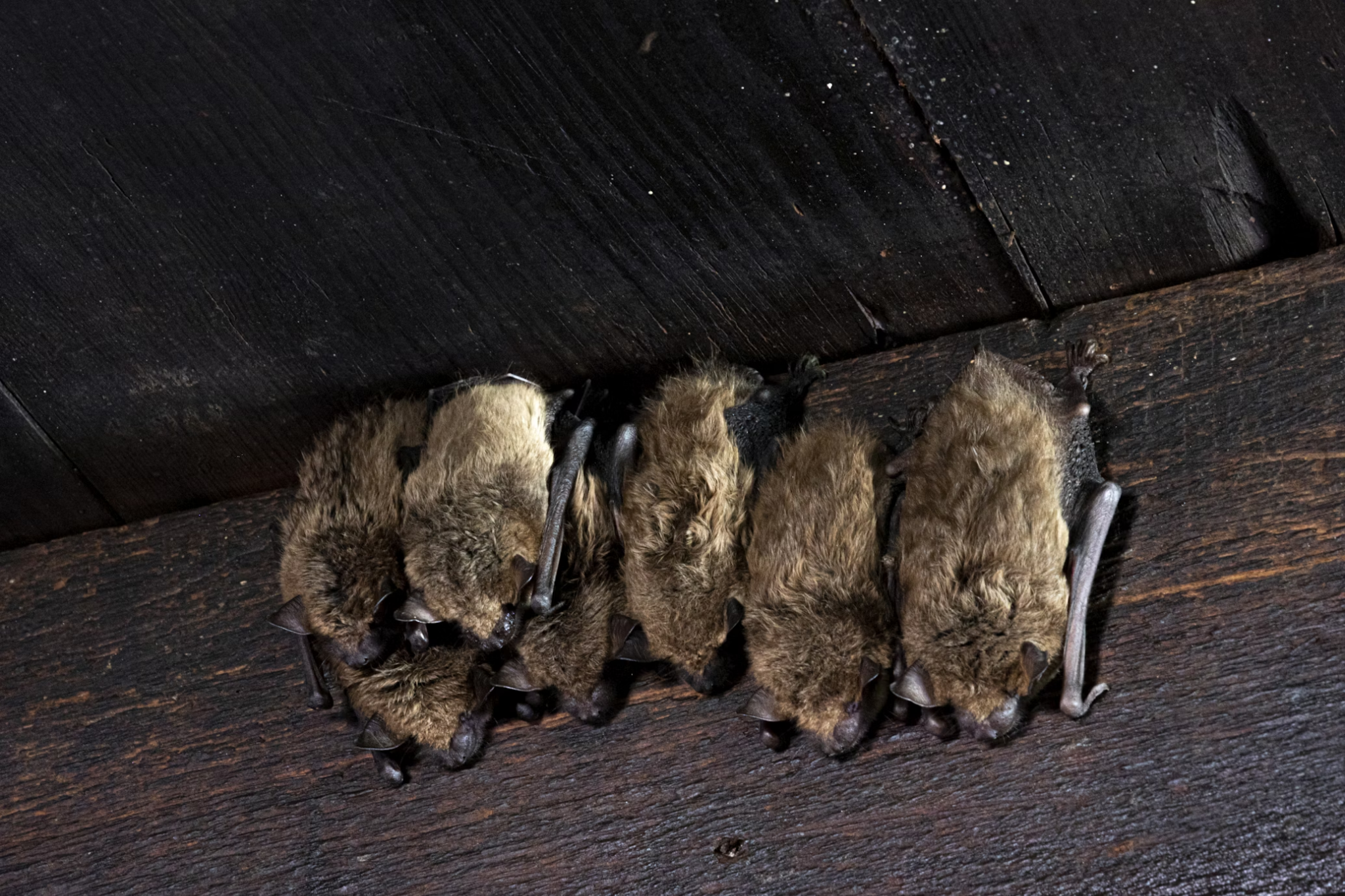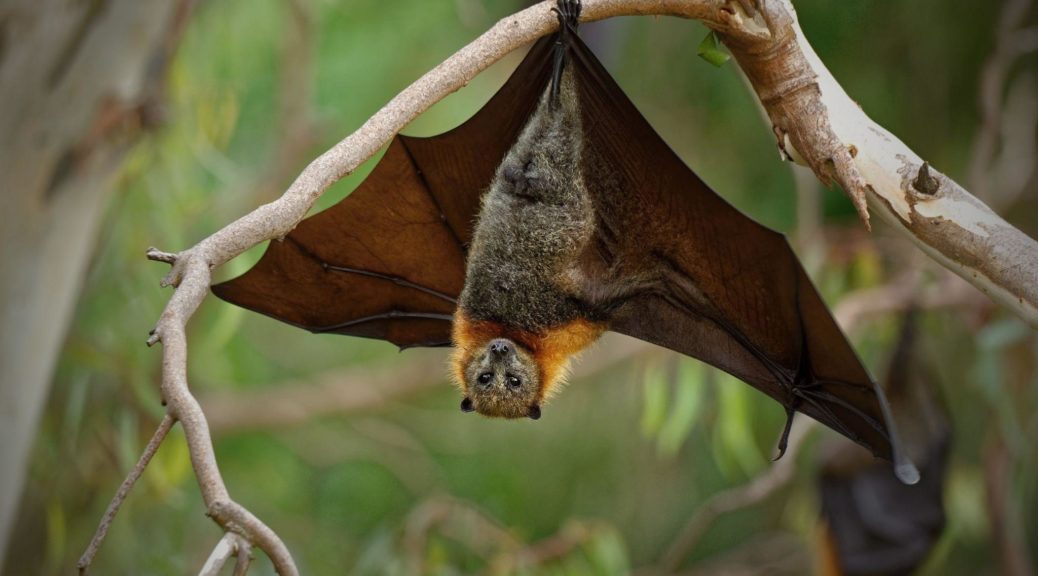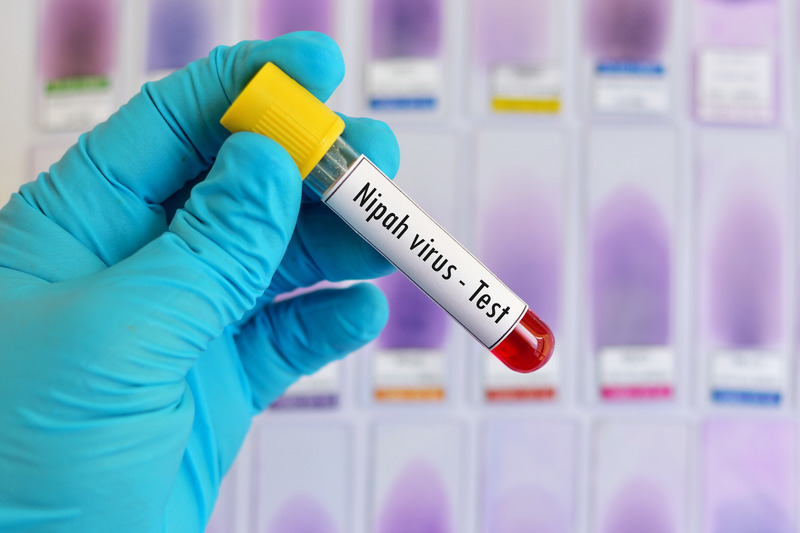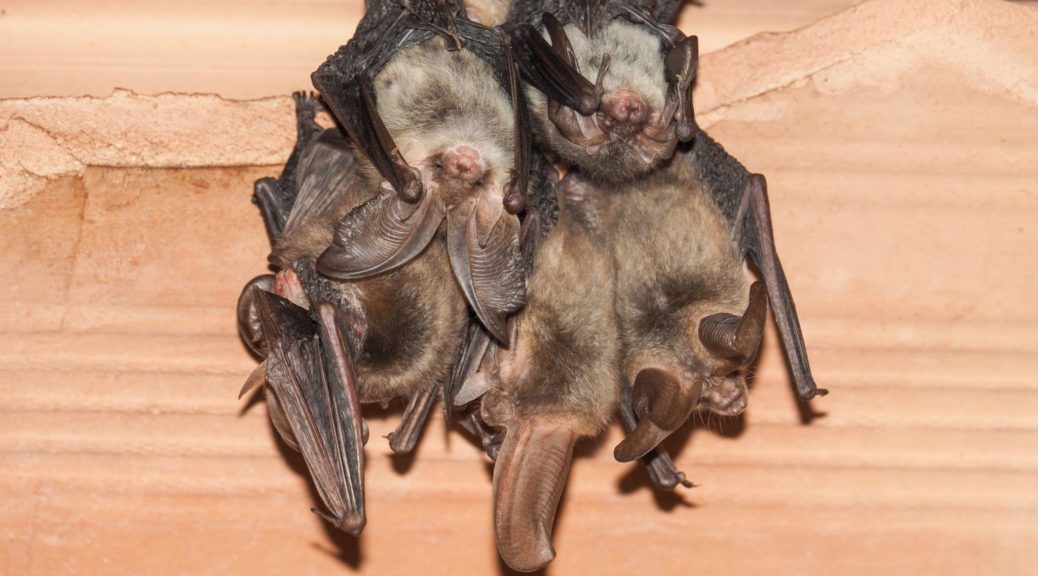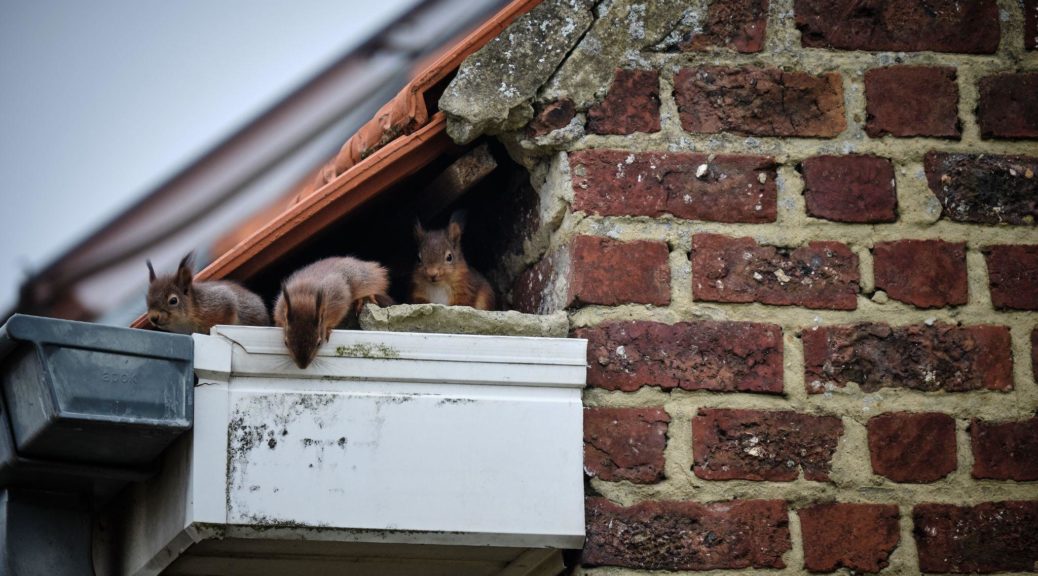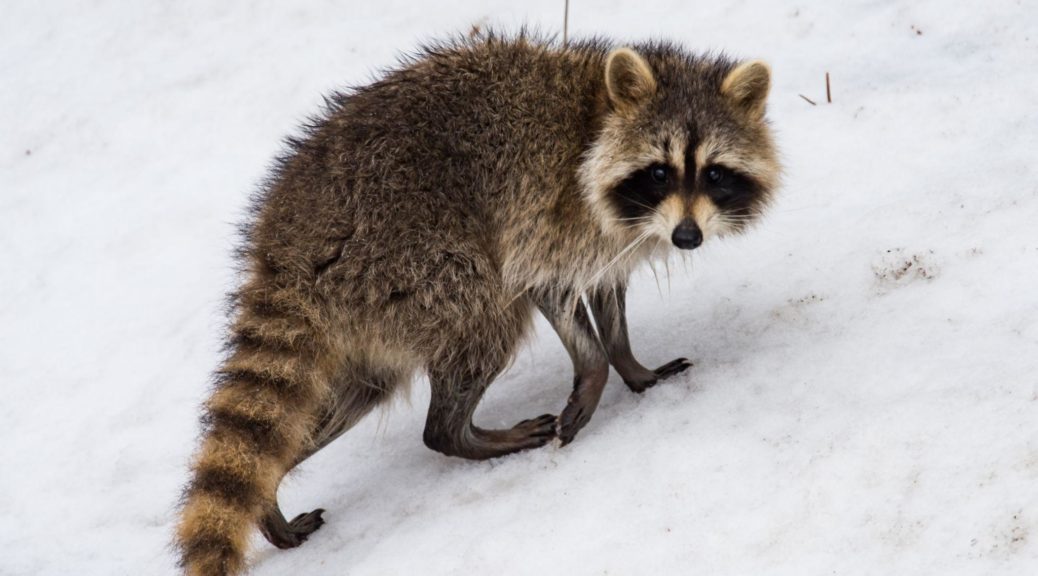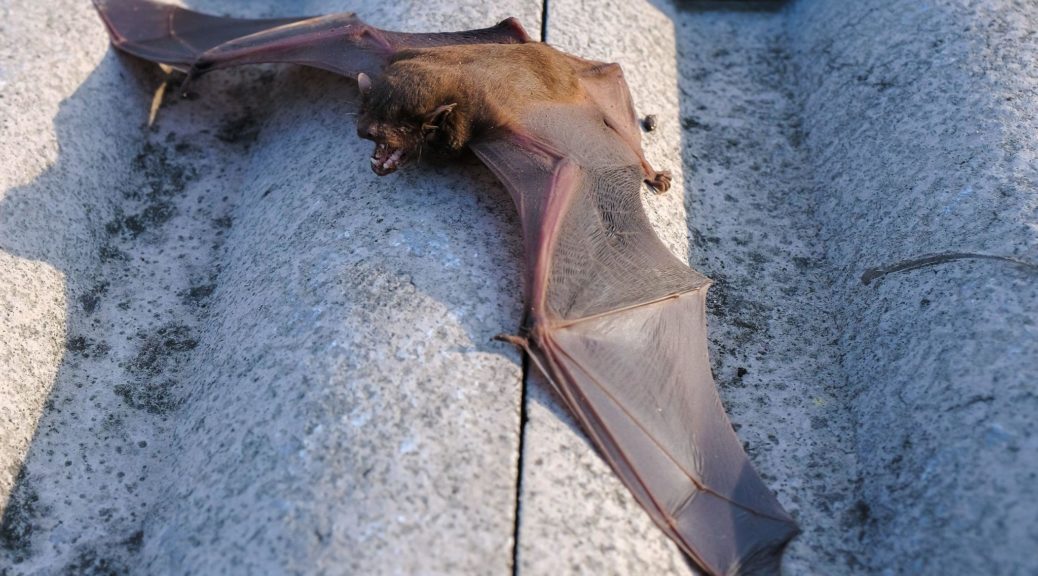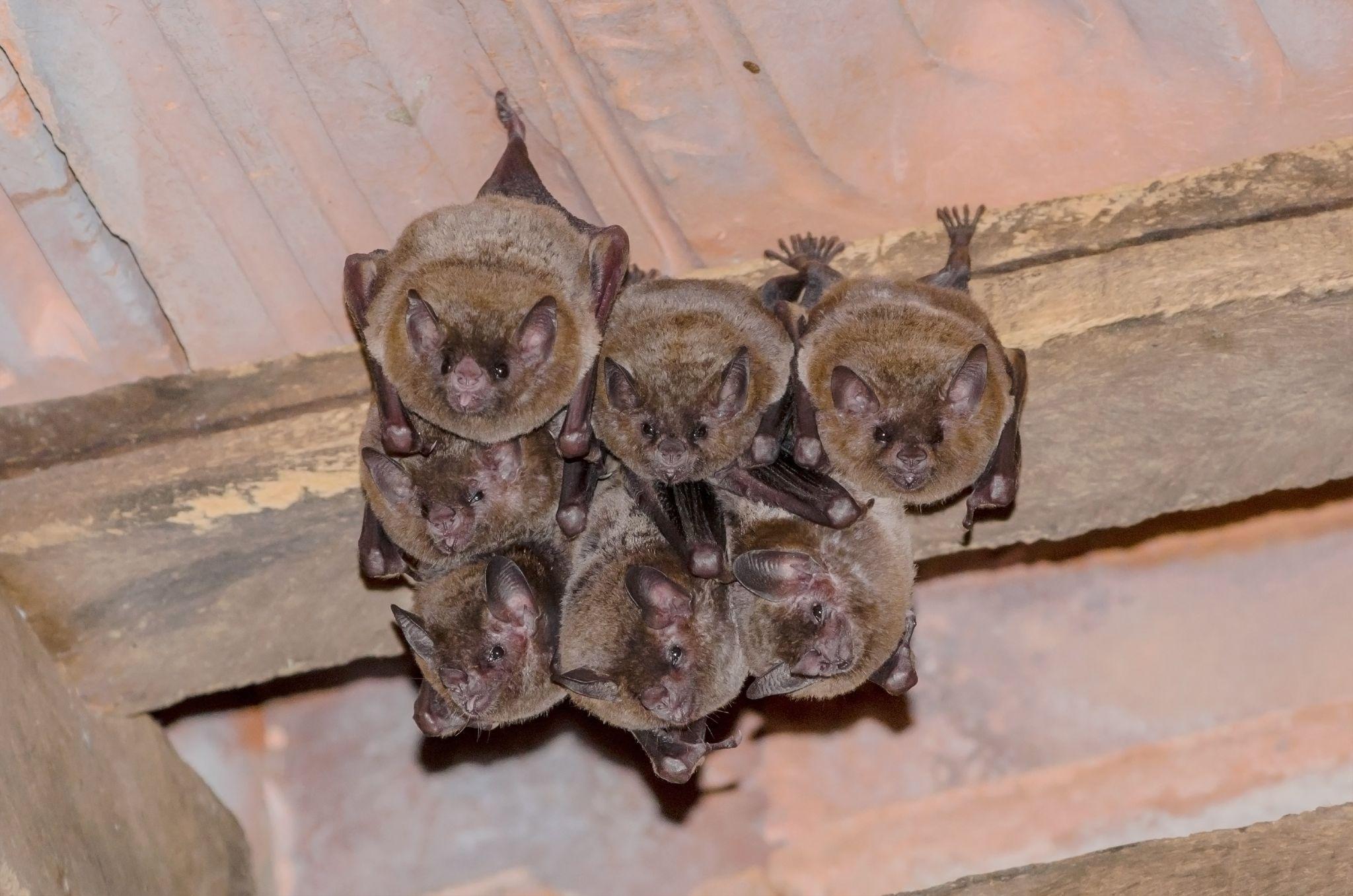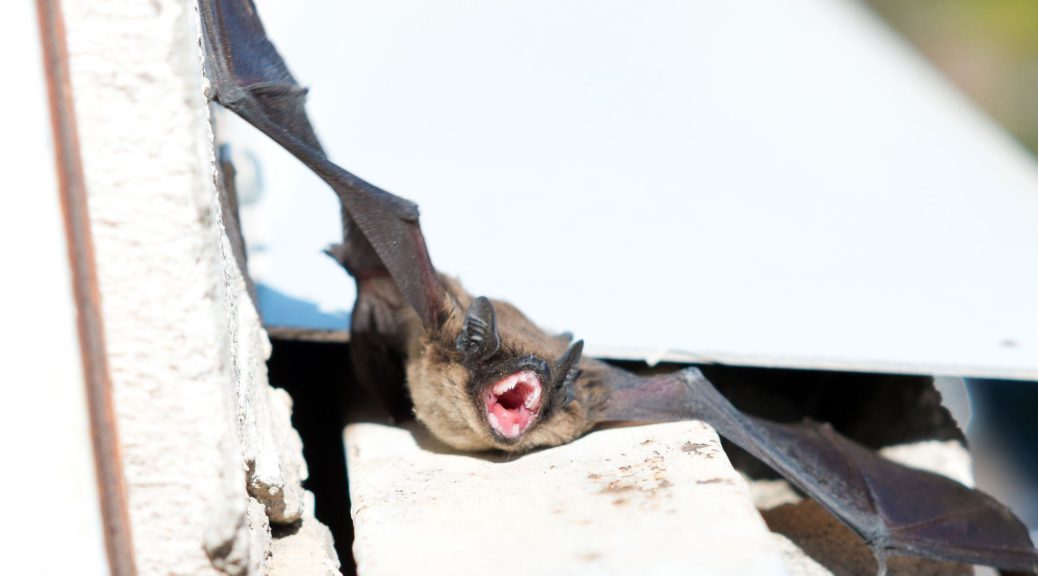As the chill of winter sets in, not only do we seek warmth and shelter, but so do many wild animals. Your cozy home can become a haven for wildlife, leading to unexpected encounters. Animal Capture Wildlife Control, your trusted wildlife inspector and removal expert in Los Angeles, CA, brings you essential tips on conducting a thorough wildlife inspection to winter-proof your home.
Understand the Signs of Wildlife
Before diving into inspection, it’s crucial to recognize the signs of wildlife in winter. Look for droppings, nesting materials, or unusual noises like scratching or rustling, especially at dusk or dawn. Beware of wildlife signs such as footprints or disturbances in your garden or trash cans, indicating the presence of raccoons or other creatures.
Inspect the Exterior for Entry Points
Wild animals, including raccoons in winter and bats in winter, seek shelter in warm, dark places. Inspect your home’s exterior for any cracks, holes, or openings. Pay special attention to areas where utility pipes enter the house, roof intersections, and vents. Even small openings can invite bats and small mammals.
Check the Roof and Attic
The roof and attic are prime spots for wildlife in winter. Look for loose or missing shingles, gaps in the eaves, and unsecured vents. Inside the attic, watch for signs like droppings, nesting materials, or chewed wires and insulation.
Secure Garbage and Compost Bins
Wild animals are often attracted to the smell of food. Ensure your garbage and compost bins are securely closed. Using bins with locking lids can deter wildlife like raccoons, known for their dexterity and persistence.
Examine the Foundation and Basement
Inspect your home’s foundation for cracks or openings. Basements can offer a warm refuge for wildlife. Look for signs of burrowing near the foundation, which can indicate the presence of animals seeking shelter.
Monitor Chimneys and Vents
Install guards or caps on chimneys and vents to prevent animals from entering. These areas are particularly attractive to birds and bats seeking a warm roosting place.
Pay Attention to Trees and Landscaping
Trim tree branches that hang close to your home, as they can provide easy access for animals to your roof or attic. Keep your yard clean to minimize hiding spots for wildlife.
Consult Professional Wildlife Inspectors
If you suspect the presence of wild animals or are unsure about your inspection, don’t hesitate to contact professional wildlife inspectors. Animal Capture Wildlife Control offers expert services in wildlife removal and can assist in securing your home against unwanted guests.
A thorough wildlife inspection of your home during winter is crucial for a peaceful coexistence with our wild neighbors. By following these steps, you can ensure your home remains a sanctuary for you and your family.
For professional assistance, contact Animal Capture Wildlife Control, your reliable partner in Los Angeles, CA, for expert wild animal removal services.
Ready to Secure Your Home Against Wildlife?
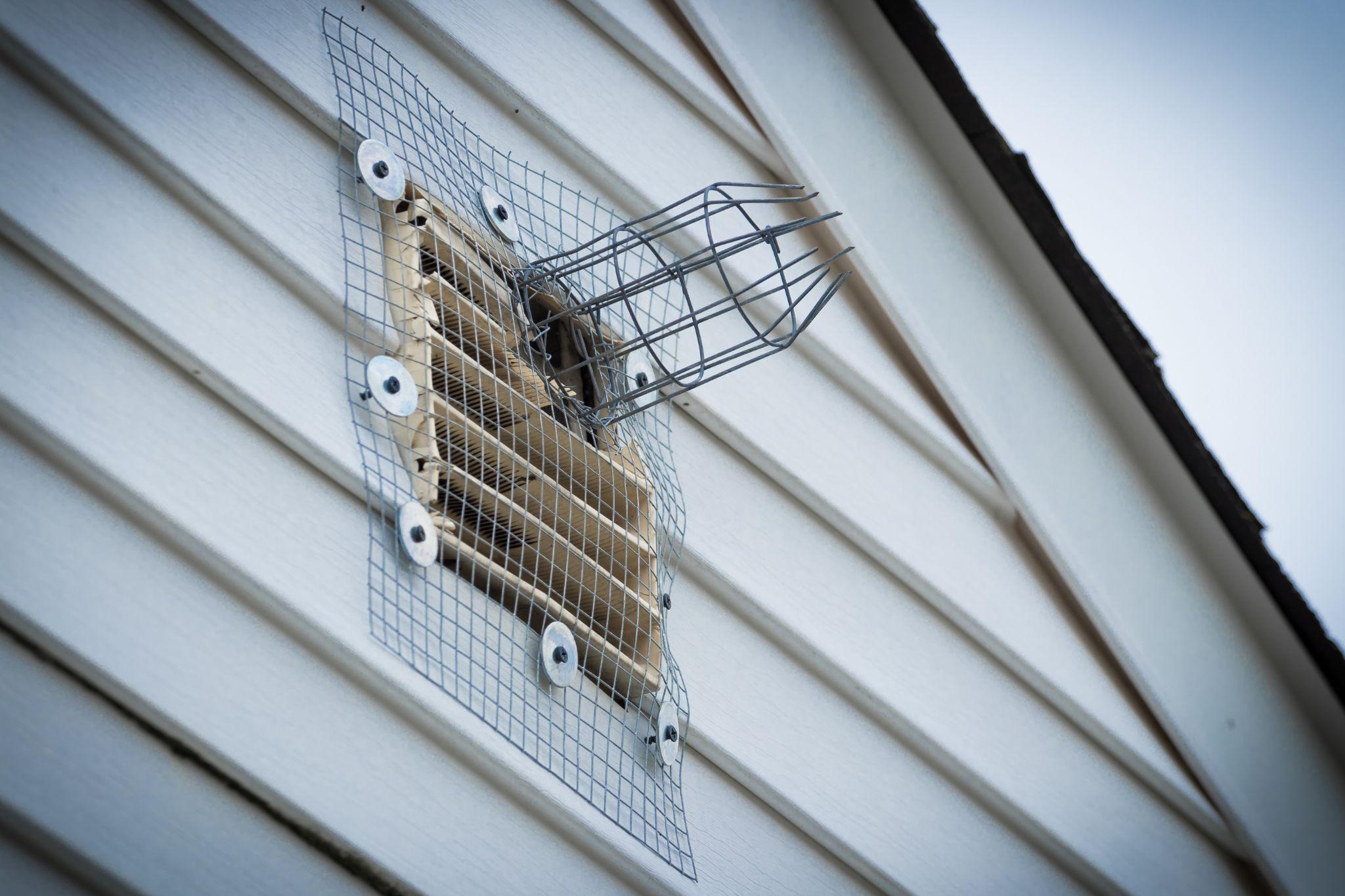
Don’t let wildlife disturbances disrupt your peace this winter. If you’re facing challenges with wild animals or need a professional inspection to winter-proof your home, Animal Capture Wildlife Control is here to help. Our team of expert wildlife inspectors is equipped with the knowledge and tools to effectively safeguard your home against wildlife intrusion.
Remember, when it comes to wildlife in winter, it’s always better to be proactive than reactive. Call us today for a comprehensive inspection and customized solutions tailored to your unique needs.
